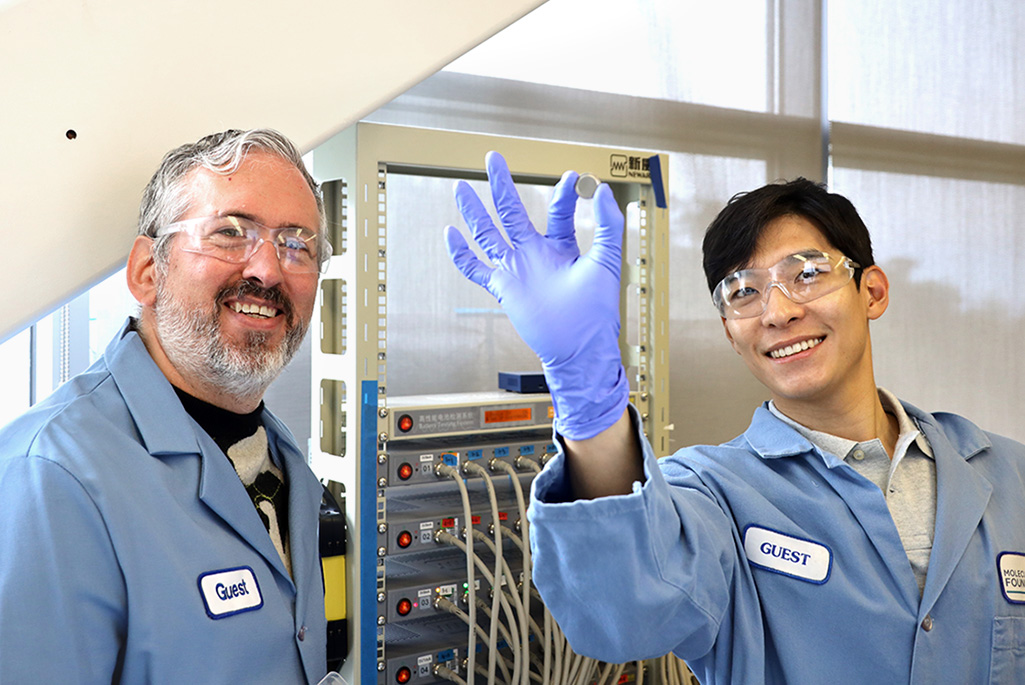A globally renowned soil scientist at The Ohio State University, Rattan Lal, has been awarded the 2024 Gulbenkian Prize for Humanity for his significant contributions to global food security, climate resilience and ecosystem protection.
Latest News
Study suggests reinfections from the virus that causes COVID-19 likely have similar severity as original infection
NIH-funded analysis of health record data shows severe reinfections often follow severe first infections.
Immunotherapy approach shows potential in some people with metastatic solid tumors
NIH researchers achieved tumor shrinkage in three of seven patients with colorectal cancers.
Revising biomedical research reviews
International ethics experts urge consideration of societal and long-term impacts
تنبيه من خبير: إجراء جراحي يُحيي الأمل لدى المرضى الذين يعيشون بتغيرات جسدية ناجمة عن السكتة الدماغية أو غيرها من الحالات الصحية
روتشستر، ولاية مينيسوتا -- يُصاب خمسة عشر مليون شخص حول العالم بسكتة دماغية كل عام. ويعاني 5 ملايين شخص من إعاقات دائمة بسبب هذه السكتة الدماغية. يتعرض ما يقدر بنحو 69 مليون شخص حول العالم لإصابات دماغية رضية كل عام. ويمثل الشلل الدماغي التشنجي الشكل الأكثر شيوعًا من الشلل الدماغي، حيث تُقدر نسبة الإصابة 70% إلى 80% من الأشخاص المشخصين بالمرض.
Alerta do especialista: Procedimento oferece esperanca aos pacientes que vivem com mudancas fisicas por conta de acidentes vasculares cerebrais e outras condicoes
Quinze milhoes de pessoas ao redor do mundo sofrem algum acidente vascular cerebral todos os anos. Destas 15 milhoes, 5 milhoes ficam incapacitadas permanentemente. Estima-se que, globalmente, 69 milhoes de pessoas sofram lesoes cerebrais traumaticas todos os anos. A paralisia cerebral espastica, a forma mais comum de paralisia cerebral, e responsavel por 70% a 80% de todos os diagnosticos.
Advertencia del experto: Procedimiento ofrece esperanza a los pacientes que viven con cambios fisicos debido a accidentes cerebrovasculares (ACV) y otras afecciones
Quince millones de personas alrededor del mundo sufren algun accidente cerebrovascular todos los anos. De 15 millones, 5 millones quedan incapacitadas permanentemente. Se estima que, a nivel mundial, 69 millones de personas sufren lesiones cerebrales traumaticas todos los anos. La paralisis cerebral espastica, la forma mas comun de paralisis cerebral, representa 70% a 80% de todos los diagnosticos.
Study finds health risks in switching ships from diesel to ammonia fuel
Ammonia could be a nearly carbon-free maritime fuel, but without new emissions regulations, its impact on air quality could significantly impact human health.
Rice engineers’ probe could help advance treatment for spinal cord disease, injury
Rice neuroscientists have used a nanosized sensor to record spinal cord neurons in free-moving mice, a feat that could lead to the development of better treatments for spinal cord disease and injury.








